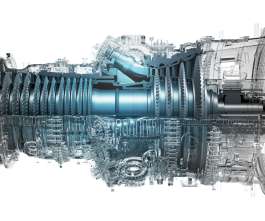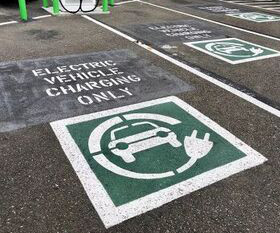Intermountain Power Agency orders MHPS JAC Gas Turbine technology for renewable-hydrogen energy hub, operated by LA DWP
Green Car Congress
MARCH 11, 2020
The Intermountain Power Agency (IPA) has awarded Mitsubishi Hitachi Power Systems (MHPS) a contract for two M501JAC power trains for the Intermountain Power Plant (IPP) in Delta, Utah. This fuel mixture will reduce carbon emissions by more than 75% compared to the retiring coal-fired technology. Earlier post.).






















Let's personalize your content